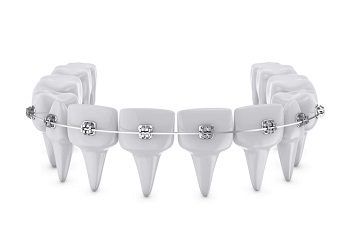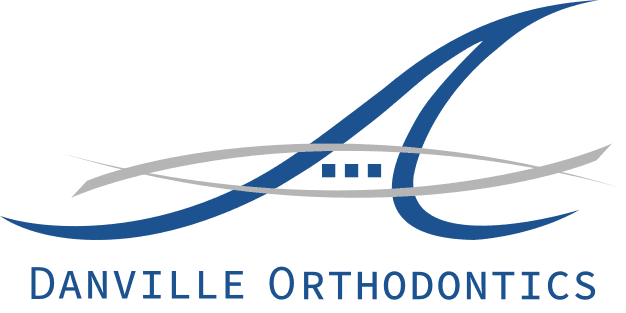BRACES
Braces are dental appliances that treat abnormalities with your teeth, such as crowding, crooked, and out-of-alignment teeth. Malocclusion (poor bite) and misalignment of the teeth are usually corrected using orthodontic braces.
Typically, they are recommended for children and teenagers, but an increasing number of adults are seeking orthodontic treatment. Technology that allows for predictable results is responsible for the success of dental braces.
If you have crooked teeth and/or a misaligned bite, braces, and retainers, removable or fixed appliances that cover the outside of your teeth and help keep them in place, are two treatments that can help straighten teeth.
ISSUES TO ADDRESS:
Braces straighten and align your teeth over time, allowing you to bite typically. They are used to straighten people's teeth and get a pleasant smile. Braces operate by gradually moving your teeth in a specific direction by applying pressure to them over time. The bone beneath them swells and contracts as well. Small brackets are cemented onto the front of teeth, with a wire linked through, can be stretched to provide force and correct the teeth and jaw in traditional braces.
Dental braces can correct a variety of typical alignment issues, including:
- Underbite - when the lower jaw extends beyond the upper jaw.
- Overbite - when the upper jaw protrudes further than the lower jaw.
- Overcrowding - Too little space in the arches causes teeth to distort or misalign.
- Crossbite - when upper arch teeth bite down on the inner or outside of lower arch teeth and vice versa.
SELF CARE:
When braces are first placed on, altered, or when you start wearing a new appliance, such as rubber bands or headgear, you may experience some discomfort.
It is critical to maintain proper eating habits while showing off your new braces for the health of your teeth. If you consume a lot of sweets, plaque can form around the brackets, permanently staining your teeth. Also, avoid consuming things that are difficult to digest or that could pull your dental work apart—apples, corns, crackers, and so forth.
TYPES:
Braces are the most common method for youngsters to straighten their teeth and correct mismatched bites. They're not the gleaming metal sights of the past. There are a lot more possibilities now.
If braces are the best option for you, your dentist or orthodontist will create a custom appliance for you. Bands, wires, and other fixed or removable alteration equipment may be used. There isn't a single method that works for everyone.

The type of braces available in the market includes Metal/traditional, Ceramic, Lingual, and Clear aligners.
TIME:
The amount of time it takes to get braces differs from person to person. It is dependent on:
- What is the severity of your issue?
- The quantity of space you have in your mouth
- The distance your teeth has to cover to align
- The teeth, gums, and supporting bone health
- How well do you follow directions given by your orthodontic?
Contact your Danville dentist, Dr. Hoss Abar, DDS, MSD at Danville Orthodontics today to learn more about braces.
*Neither this nor any other content in this media is meant to prescribe, recommend, or prevent any treatment or procedure. We highly recommend that you get the advice of a qualified dentist or other medical practitioners regarding your specific dental condition.
